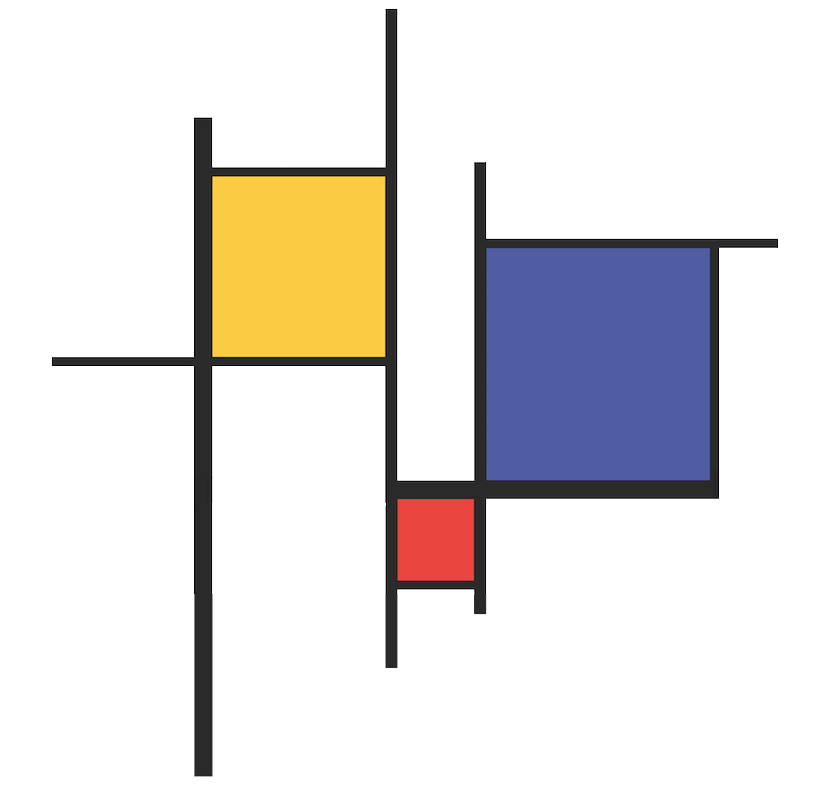Student-Produced Video
Kelsey's Research Experience
Kelsey is a high school student who participated in a summer research experience at the lab during June-August 2009. She recorded a video blog entry about her experience, and she also used software at the lab to create an ASL animation expressing the same information as her video. She has also prepared an English version of her blog post which is included below.
English Version
Hi! My name is Kelsey. I am deaf, and my family is hearing. I live in Long Island. I attended the Mill Neck School for the Deaf from when I was 13 months old until I was 10 years old. I transferred to James H. Vernon (middle school) then to Oyster Bay High School (OBHS). I will be a senior this fall, and I participate cheerleading as sport. I came to Queen College for an internship. The internship is for an ASL project to try to improve ASL animations. I am intern here for 8 weeks.
We use many different programs here. One program that we use is called Gesture Builder 2.0; this is a program that we use to make new animations of signs. Gesture Builder allows us to make an animation of any sign without limitation, unlike another program called Sign Smith Studio 3.0. Sign Smith is another animation program that we use to make sign language sentences, but it has some limitations: it only has 800 words in its dictionary. Gesture Builder allows us to get around this limitation.
Some days we have experiment at the lab. Those days are fun because we can learn about another person’s background and ASL skills. A participant comes to the lab, and he or she signs answers to questions, describes videos, summarizes articles, and tells stories that we give to him/her.
When the person comes in, he/she has to fill a form and sign a few papers. After that, we start the experiment. There are four parts to the experiment: gloves setup, suit setup, eye-tracker helmet setup, and signing time. The gloves part is the longest part of the process. The signer has to pose their hands in specific shape that we tell him/her to do. We do one hand a time. It takes around 30 minutes a hand to set up the gloves. After the gloves, we put the sensors on the suit. When the suit setup is finished, we put the eye-tracker helmet on the participant, and we find the pupil and track it. After that it is show time: signing time. When the signing time is over, we take all the sensors and eyes trackers off. After that, we take off the gloves. When we are finished, then the person leaves.
